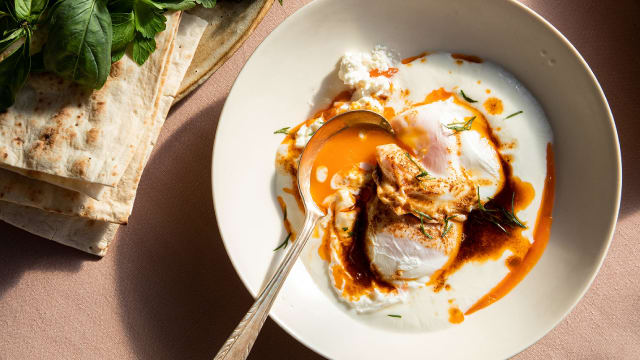Guava

Latin Name: Psidium guajava
Other Names: apple guava, lemon guava, yellow guava
Uses: juice
What are guavas?
A guava is a tropical fruit in the myrtle family (Myrtaceae), the same marvelous family that gave us allspice, bay leaves, and cloves. The fruit is botanically a berry but looks like a small green pear with a bright pink or white interior (depending on the variety). Pineapple guava is sometimes grown as an ornamental shrub in temperate regions and produces an edible flower as well as the fruit.
Why are guavas healthy?
Guavas not only contain more vitamin C than oranges but are also rich in other antioxidants like potassium. The fruit is high in fiber, which can alleviate constipation and help lower blood sugar levels. The antioxidants and potassium in guava may help lower LDL (bad cholesterol) and raise HDL (good cholesterol). A small study found that eating ripe guava before meals helped lower blood pressure. In addition, the leaves have been used to relieve diarrhea and menstrual cramps.
What do guavas taste like?
Guavas aren’t just shaped like pears; they’re also high in sclerenchyma, the same protective tissue that makes pears gritty. Guavas are crunchy and have a flavor that’s like a cross between a strawberry and a pear—tropical, fruity-sweet, and sour with a slight muskiness. White-fleshed varieties are higher in ascorbic acid than the red or pink ones and, therefore, are more sour.
How do I use guavas?
Similar to apples, guavas can be eaten peeled or unpeeled, depending on your personal preference. You can juice guavas (they’re often used in agua fresca), eat them raw with a pinch of salt and chopped fresh chile, cook them into jams and sauces, or bake them in desserts. You can also cook them down into a thick paste to make an Indian confection called perad (guava cheese). Because of the high pectin content, you can use guavas to thicken other fruit jams.
What do guavas pair well with?
Guavas are wonderful with other tropical ingredients like coconut, macadamia nut, pineapple, banana, and passion fruit, but they also complement buttery pastry and creamy cheeses, like mascarpone, queso blanco, and even traditional cream cheese (as in pastelitos de guayaba, a classical Cuban baked good that combines guava and cream cheese inside a puff pastry pocket). Guavas love salt, chile, and sour stuff, like li hing mui powder (made from dried salty Chinese plum).
Where do guavas grow?
Guavas are native to the tropics of Central America, South America, and the Caribbean, but today they’re primarily grown in India (which grows nearly half the world’s crop), China, and Southeast Asia. In the U.S., guavas are grown in Florida and California. In Hawaii, guava is considered an invasive species.
How do I buy guavas?
Fresh guavas are in season year-round in the tropics. Look for them in Latin, South Asian, and Southeast Asian markets or in the produce aisle of better-stocked grocery stores. Select soft fruits that are heavy for their size and keep them in the fridge—guavas have a short shelf life and should be eaten within a couple of days.
Fun guava fact
Some anthropologists place the origins of guava in Mexico and Peru, but it’s absent from written records of Mexico’s earliest foods. Some botanists think guava came from northern South America because of the large number of related species growing there. The oldest archaeological evidence puts guava in Peru at around 2500 BC, but because of how easily it escapes cultivation (meaning the cultivated plant can quickly grow wild), it’s tricky to identify the precise point of origin.



